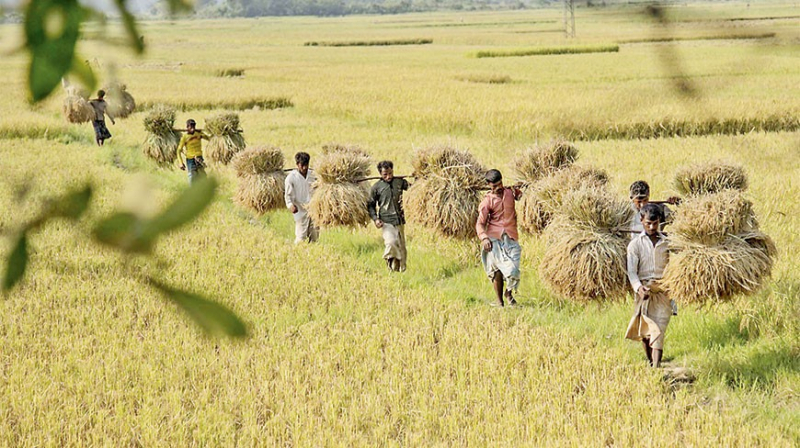Bangladesh
Rice is the staple cuisine of Bangladesh's 135 million inhabitants. It accounts for over half of all rural employment, two-thirds of total calorie supply, and one-half of total protein intake for the average person in the country. In Bangladesh, the rice sector accounts for half of the agricultural GDP and one-sixth of national income.
Rice is grown by nearly all of the country's 13 million farm families. Rice is grown on around 10.5 million hectares, a figure that has been nearly constant over the last three decades. Rice is cultivated on around 75% of the total farmed area and over 80% of the total irrigated area. As a result, rice is critical to the Bangladeshi people's survival.
Bangladesh produced roughly 10.59 million tons of rice in 1971, when the country's population was just around 70.88 million. However, the country today produces approximately 25.0 million tons of food to feed its 135 million inhabitants. This suggests that rice output grew at a far quicker rate than the population. This increased rice production is largely attributable to the adoption of contemporary rice varieties on approximately 66 percent of the country's rice acreage, which accounts for roughly 73 percent of total rice production.











